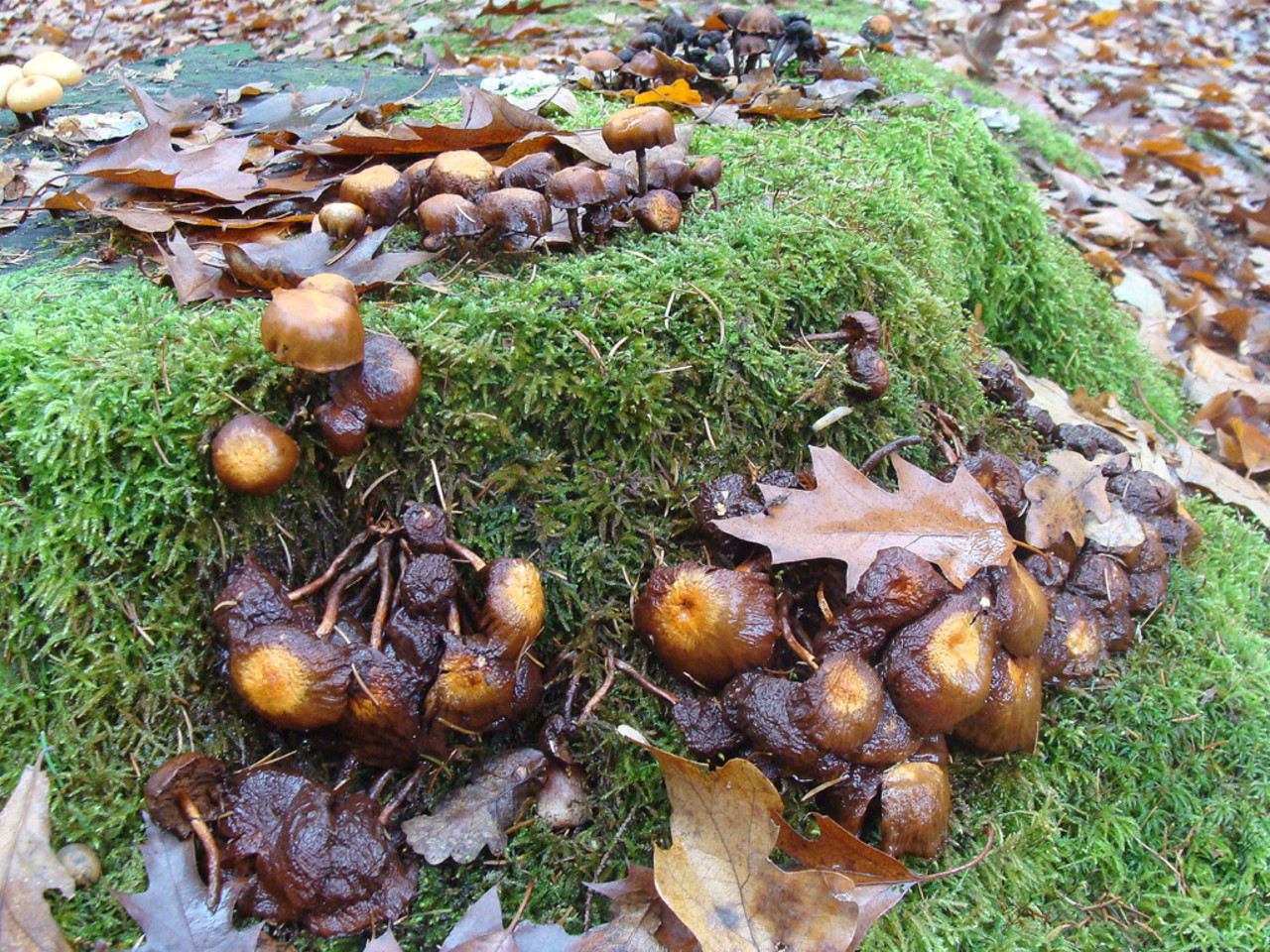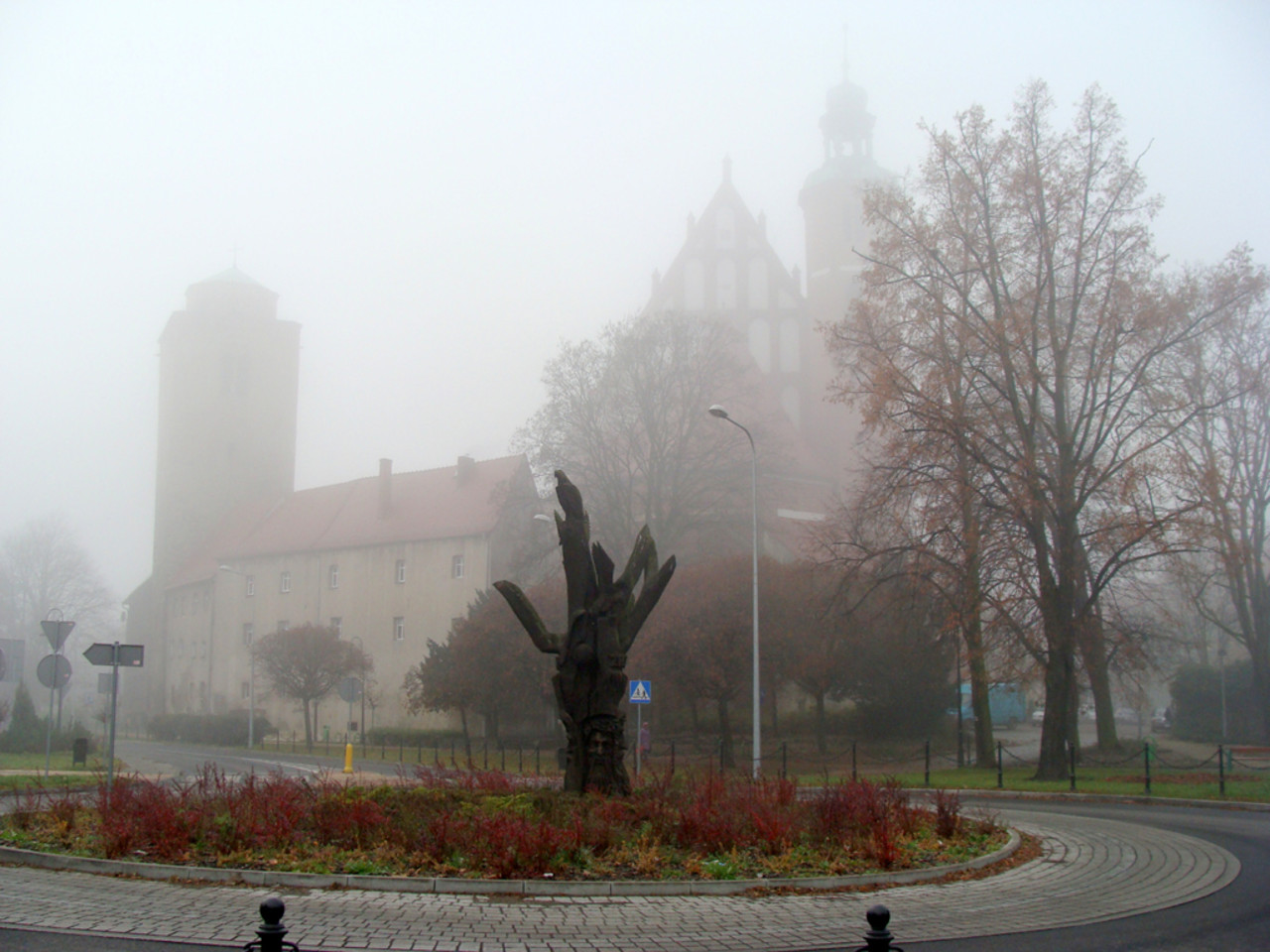Betonred: Understanding its Composition, Applications, and Benefits in…
페이지 정보
작성자 Adriene Salaman… 작성일25-06-07 01:57 조회2회 댓글0건본문
 These treatments can provide a barrier against moisture intrusion, chemical attack, and abrasion. They can also be aesthetic, altering the color or texture of the concrete. Surface Treatments: Applying sealants, coatings, or penetrating sealers to the hardened concrete surface.
These treatments can provide a barrier against moisture intrusion, chemical attack, and abrasion. They can also be aesthetic, altering the color or texture of the concrete. Surface Treatments: Applying sealants, coatings, or penetrating sealers to the hardened concrete surface. Tunnels and Underground Structures: High strength and durability are essential for withstanding soil pressure and preventing water ingress. Shotcrete, a type of concrete sprayed onto surfaces, often incorporates fibers for increased stability and crack resistance in tunnel linings.
Tunnels and Underground Structures: High strength and durability are essential for withstanding soil pressure and preventing water ingress. Shotcrete, a type of concrete sprayed onto surfaces, often incorporates fibers for increased stability and crack resistance in tunnel linings.Variations in pigment concentration, mixing time, and curing conditions can lead to noticeable color differences. Color Consistency: Achieving consistent color throughout a large project can be challenging.
Sustainability: The use of SCMs can reduce the carbon footprint of concrete production by partially replacing cement, a significant contributor to greenhouse gas emissions. Increased durability also contributes to sustainability by extending the lifespan of structures and reducing the need for frequent repairs or replacements.
Key mechanisms include: Unlike traditional chemotherapeutic agents that often target rapidly dividing cells indiscriminately, leading to significant side effects, Betonred appears to exhibit a more targeted approach. The exact mechanism of action of Betonred is still under investigation, but several key pathways have been identified.
Bridges and Infrastructure: Increased durability and resistance to cracking make them ideal for bridge decks, piers, and other infrastructure components exposed to heavy traffic and harsh weather conditions.
These admixtures can include:
Water Reducers: Improve workability at lower water-cement ratios, leading to higher strength and density.
Superplasticizers: Provide extreme workability, allowing for the placement of concrete in complex forms and congested reinforcement.
Air-Entraining Agents: Create microscopic air bubbles that improve freeze-thaw resistance.
Corrosion Inhibitors: Protect reinforcing steel from corrosion in chloride-rich environments.
Accelerators and Retarders: Adjust the setting time of concrete to suit specific construction requirements. Admixtures: Incorporating chemical admixtures to modify the properties of the fresh or hardened concrete.
 Betonred, often recognized as high-performance concrete or fiber-reinforced concrete, represents a significant advancement in construction materials. While the term might evoke specific brand names, the underlying principle revolves around enhancing the properties of conventional concrete through strategic modifications and additions, primarily focusing on improving its strength, durability, and overall performance. This article delves into the composition, applications, and benefits of Betonred-type concretes, providing a comprehensive understanding of their role in modern construction.
Betonred, often recognized as high-performance concrete or fiber-reinforced concrete, represents a significant advancement in construction materials. While the term might evoke specific brand names, the underlying principle revolves around enhancing the properties of conventional concrete through strategic modifications and additions, primarily focusing on improving its strength, durability, and overall performance. This article delves into the composition, applications, and benefits of Betonred-type concretes, providing a comprehensive understanding of their role in modern construction.Understanding and overcoming these resistance mechanisms is essential for long-term success. Resistance Mechanisms: There is a possibility that cancer cells could develop resistance to Betonred over time.
Fibers bridge micro-cracks, preventing them from propagating and significantly improving tensile strength, flexural strength, and impact resistance. Common fiber types include: Fiber Reinforcement: The inclusion of fibers is a defining characteristic of many betonred (nickiminajtube.com)-type concretes.
Air-entraining agents create microscopic air bubbles that improve freeze-thaw resistance. Water-reducing admixtures (WRAs), including superplasticizers (high-range WRAs), significantly reduce the water-cement ratio without sacrificing workability. Chemical Admixtures: Admixtures are essential for tailoring concrete properties. Other admixtures, such as corrosion inhibitors, retarders, and accelerators, can be used to address specific project requirements. This results in higher strength and reduced permeability.
Film-forming sealers, like acrylics or epoxies, create a protective layer on the surface, offering enhanced stain resistance and sometimes a glossy finish. Sealers/Protective Coatings: These are topical treatments applied after the hardening/densifying and coloring stages (or as a combined product) to further protect the concrete from staining, water penetration, and chemical attack. Sealers can be penetrating or film-forming. Penetrating sealers, like silanes and siloxanes, soak into the concrete pores, making it water-repellent without significantly altering the surface appearance.
Steel Fibers: Provide high tensile strength and ductility, enhancing the concrete's ability to withstand cracking and deformation. They also enhance fire resistance by melting and creating channels for pressure relief.
Synthetic Fibers (e.g., Nylon, Acrylic): Offer a balance of strength, durability, and cost-effectiveness.
Carbon Fibers: Provide exceptional strength and stiffness but are generally more expensive. They are commonly used in pavements, bridge decks, and shotcrete applications.
Polypropylene Fibers: Improve resistance to plastic shrinkage cracking during the early stages of curing. They are used in specialized applications requiring high performance.


